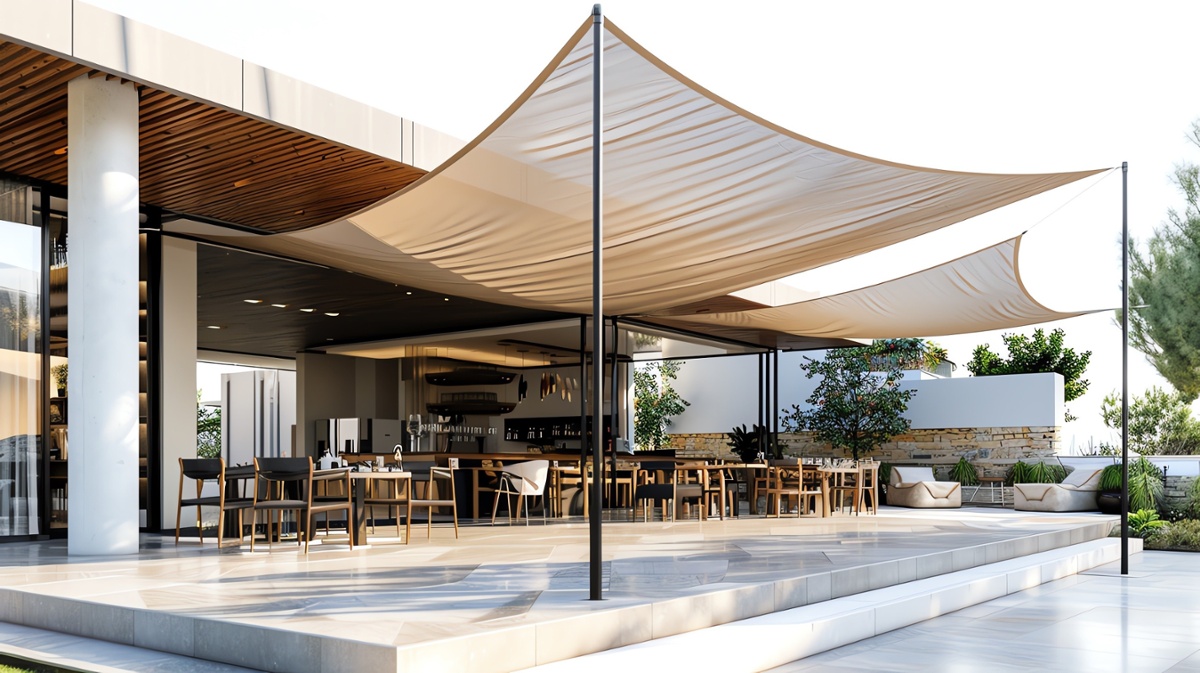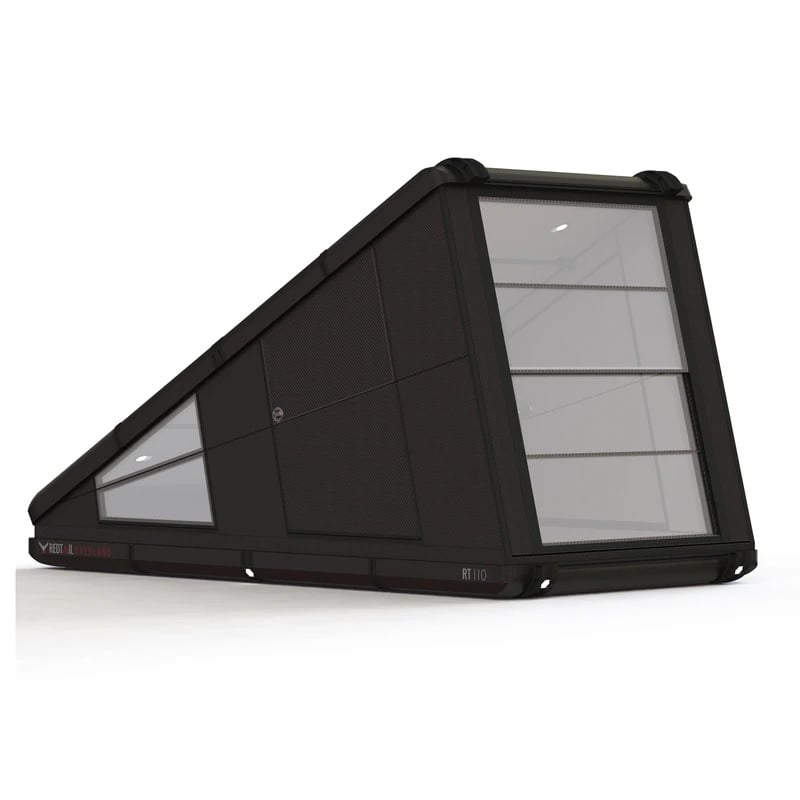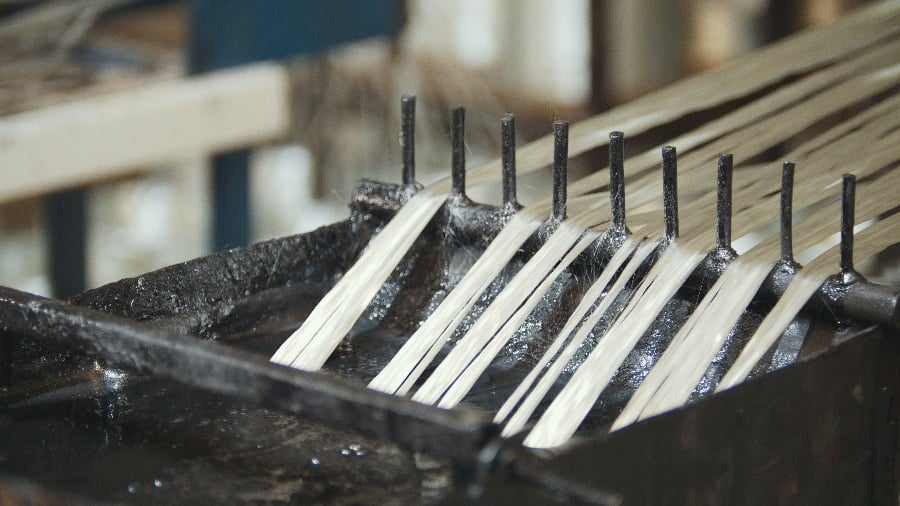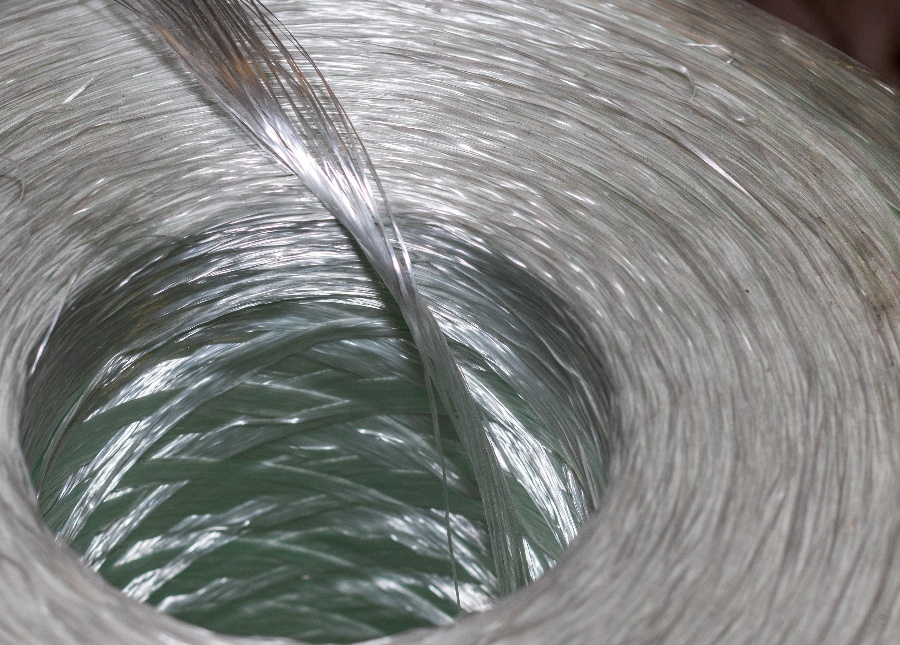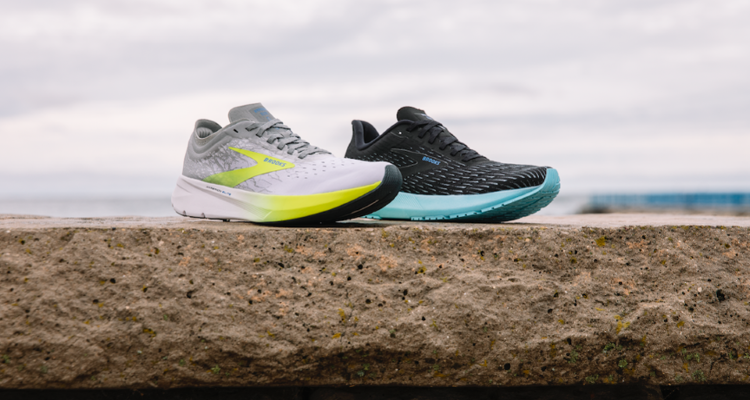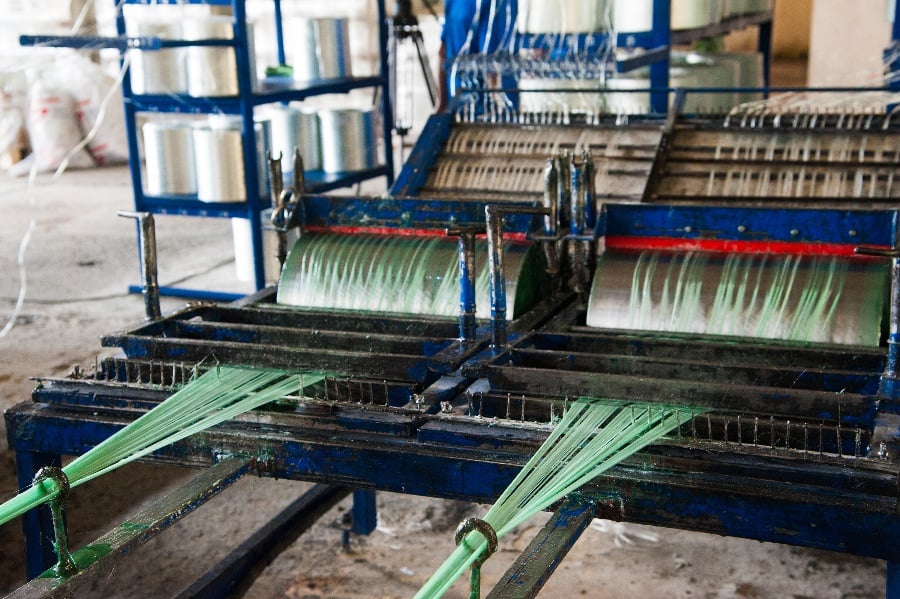Pultruded Fiberglass vs. Carbon Fiber: Which Is Right for Your Project?

When selecting composite materials for projects in industries like construction, aerospace, automotive, or marine, pultruded fiberglass and carbon fiber are two of the most popular options. Both offer exceptional strength, lightweight properties, and durability, but they differ significantly in cost, performance, and applications. Understanding these differences is crucial for choosing the right material for your specific project needs.
This article compares pultruded fiberglass and carbon fiber to help you make an informed decision.
Understanding Pultruded Fiberglass and Carbon Fiber
Pultruded Fiberglass
Pultruded fiberglass is produced through a continuous manufacturing process that pulls fiberglass reinforcements (rovings, mats, or fabrics) through a resin bath and a heated die to create consistent profiles like beams, tubes, channels and more exotic profiles. It’s known for its corrosion resistance, affordability, and versatility across a wide range of applications.
Carbon Fiber
Carbon fiber composites, often produced through processes like molding or filament winding, consist of carbon fiber reinforcements embedded in a resin matrix. Carbon fiber is renowned for its high stiffness, exceptional strength-to-weight ratio, and premium performance in specialized applications.
While both materials are lightweight and strong, their differences in cost, mechanical properties, and suitability for specific environments make them better suited for different use cases.
Key Comparisons
1. Strength and Stiffness
-
Pultruded Fiberglass: Offers a high strength-to-weight ratio, making it stronger than steel on a per-weight basis. It’s ideal for structural applications like bridges, railings, or utility poles, where durability and moderate stiffness are sufficient. Tensile strength typically ranges from 300-600 MPa, depending on the fiber content and resin type.
-
Carbon Fiber: Provides superior strength and stiffness, with tensile strengths often exceeding 1000 MPa. Its high modulus makes it ideal for applications requiring minimal flex, such as aerospace components or high-performance automotive parts where minimum weight and space needed are a priority.
Verdict: Choose carbon fiber for applications demanding maximum stiffness and strength, like aircraft wings or racing car chassis. Opt for pultruded fiberglass for structural projects without space limitations where high strength and extreme stiffness is needed but area taken and weight is less critical.
2. Weight
-
Pultruded Fiberglass: Lightweight compared to metals (50-75% lighter than steel), but denser than carbon fiber. Its specific gravity is around 1.8-2.0 g/cm³, making it suitable for applications where weight reduction is important but not the primary concern.
-
Carbon Fiber: Extremely lightweight, with a specific gravity of about 1.5-1.6 g/cm³. This makes it the preferred choice for applications where every gram counts, such as drones or high-performance sports equipment.
Verdict: Carbon fiber is the better choice for ultra-lightweight applications, while pultruded fiberglass offers a cost-effective lightweight solution for larger structures.
3. Cost
-
Pultruded Fiberglass: Significantly more affordable than carbon fiber, both in raw material and manufacturing costs. The automated pultrusion process enables high-volume production, reducing costs for large-scale projects like infrastructure or industrial components.
-
Carbon Fiber: Expensive due to the high cost of carbon fiber reinforcements. It’s typically reserved for high-value, low-volume applications where performance justifies the cost.
Verdict: Pultruded fiberglass is ideal for budget-conscious projects requiring durability and scale, while carbon fiber suits premium applications where cost is secondary to performance and size and weight.
4. Corrosion and Environmental Resistance
-
Pultruded Fiberglass: Excels in corrosive environments, resisting saltwater, chemicals, and UV exposure. This makes it a top choice for marine applications (e.g., docks, pilings) or chemical plants, where steel would rust or degrade.
-
Carbon Fiber: Offers good resistance to environmental factors but is less inherently corrosion-resistant than fiberglass in harsh chemical or marine settings. It may require additional coatings for prolonged exposure to moisture or chemicals.
Verdict: Pultruded fiberglass is the go-to material for corrosive or outdoor environments, while carbon fiber is better suited for controlled or less aggressive conditions.
5. Electrical Properties
-
Pultruded Fiberglass: Non-conductive, making it ideal for electrical applications like utility poles, ladder rails, or enclosures where conductivity poses a safety risk.
-
Carbon Fiber: Thermal and electrical conductive, which can be a drawback in electrical environments but beneficial in applications requiring electromagnetic shielding, such as aerospace components.
Verdict: Choose pultruded fiberglass for non-conductive applications and carbon fiber for scenarios where conductivity or shielding is advantageous.
6. Customization and Manufacturing
-
Pultruded Fiberglass: The pultrusion process allows for consistent, continuous profiles (e.g., I-beams, tubes, and other profiles) with customizable resin systems (polyester, vinyl ester, Polyurethane, epoxy) and additives (Pigments, UV inhibitors, fire retardants). It’s ideal for high-volume, linear components.
-
Carbon Fiber: Offers similar benefits with the pultrusion process. Customization after forming (drilling, machining, bonding) possible but often costlier.
Verdict: Pultruded fiberglass is better where space and weight are less critical, while carbon fiber can supply equal strengths in smaller and lighter products.
Applications and Use Cases
Pultruded Fiberglass Applications
-
Construction and Infrastructure: Beams, grating, and railings for bridges, walkways, or buildings due to its corrosion resistance and affordability.
-
Marine: Dock pilings, fender systems, and boat components that withstand saltwater exposure.
-
Utilities: Non-conductive poles, cross-arms, and enclosures for electrical safety.
-
Industrial: Platforms, ladders, and supports in chemical plants or factories.
- lightweight reinforcements for wood and thin metals.
Carbon Fiber Applications
-
Aerospace: Aircraft wings, fuselage components, or satellite structures requiring ultra-lightweight and high-stiffness materials.
-
Automotive: Chassis, body panels, or suspension components in high-performance or electric vehicles.
-
Sporting Goods: Bicycle frames, golf clubs, or tennis rackets where weight reduction enhances performance.
-
Medical: Prosthetics or imaging equipment components needing precision and lightweight properties.
How to Choose the Right Material
When deciding between pultruded fiberglass and carbon fiber, consider the following factors:
-
Performance Requirements: Does your project need maximum stiffness and minimal weight (carbon fiber) or high strength and corrosion resistance (fiberglass)?
-
Budget Constraints: Can you justify the higher cost of carbon fiber, or is the affordability of pultruded fiberglass more aligned with your project?
-
Environmental Conditions: Will the material face harsh conditions like saltwater or chemicals (favoring fiberglass) or controlled environments (suitable for carbon fiber)?
-
Production Scale: High and low-volume, consistent profiles are achieved with pultruded profiles for both materials
-
Safety Needs: Is electrical non-conductivity critical (fiberglass) or is thermal and electrical conductivity acceptable (carbon fiber)?
For example, a coastal pedestrian bridge would benefit from pultruded fiberglass due to its corrosion resistance and cost-effectiveness, while a Formula 1 car chassis would require carbon fiber for its superior strength-to-weight ratio.
Why Pultruded Fiberglass Is Often the Practical Choice
While carbon fiber excels in high-performance, niche applications, pultruded fiberglass is often the better choice for projects requiring:
-
Cost Efficiency: Lower material and production costs make it accessible for large-scale or budget-sensitive projects.
-
Durability in Harsh Environments: Corrosion resistance ensures longevity in marine, industrial, or outdoor settings.
-
Scalability: The pultrusion process supports high-volume production with consistent quality.
By choosing pultruded fiberglass, you can achieve reliable performance without the premium price tag of carbon fiber.
Conclusion
Pultruded fiberglass and carbon fiber each offer unique advantages, making them suited to different applications. Pultruded fiberglass is the go-to choice for cost-effective, corrosion-resistant, and scalable solutions in construction, marine, and industrial projects. Carbon fiber, while pricier, is ideal for high-performance, lightweight applications in aerospace or automotive industries. By evaluating your project’s requirements, you can select the material that best balances performance, cost, and durability.
At Tencom, we specialize in high-quality pultruded fiberglass products tailored to your needs. Contact us today to discuss how our solutions can support your next project with durability and value.




